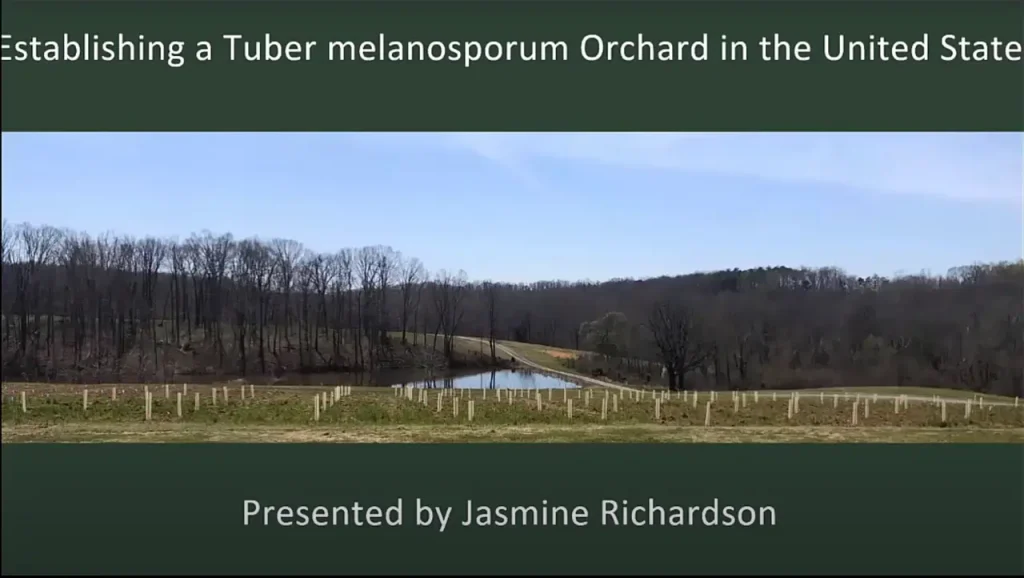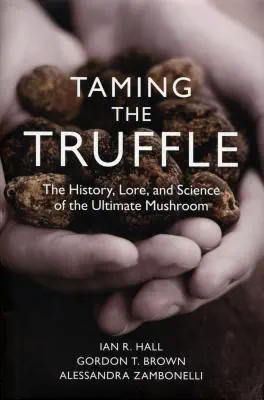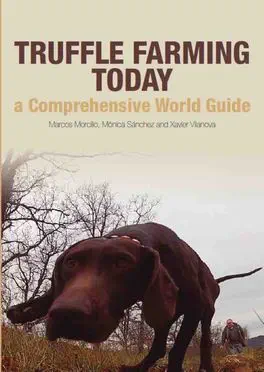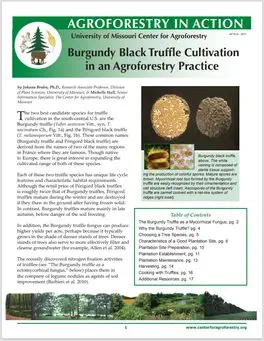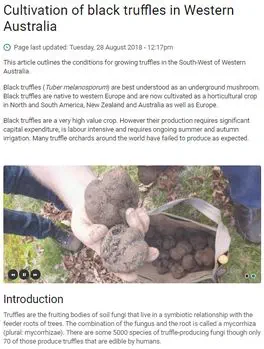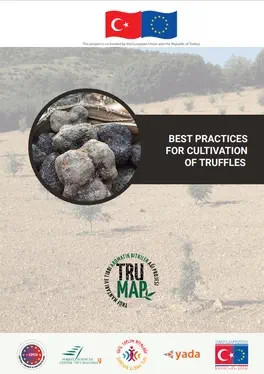Below you will find a comprehensive set of truffle tree FAQ (frequently asked questions) telling you all you need to know about our truffle trees – growing, tree and truffle species, soils, buying, planting, managing, delivery, looking for truffles and travelling with trees. The last section, Additional Information has details of books and web sites on growing truffles. If you have a question that is not covered here, please get in touch and we will try to help.
Any information or advice provided in these truffle tree FAQ is based on the most up-to-date information available to The English Truffle Company at the time of writing. All due care was exercised in its preparation. Any action taken in response to this information is the sole decision of the user of the information and is taken at his or her own risk. Accordingly, The English Truffle Company disclaims any liability whatsoever in respect of any losses or damages arising out of the use of this information or in respect of any actions taken in reliance upon the validity of the information.
Growing Truffles
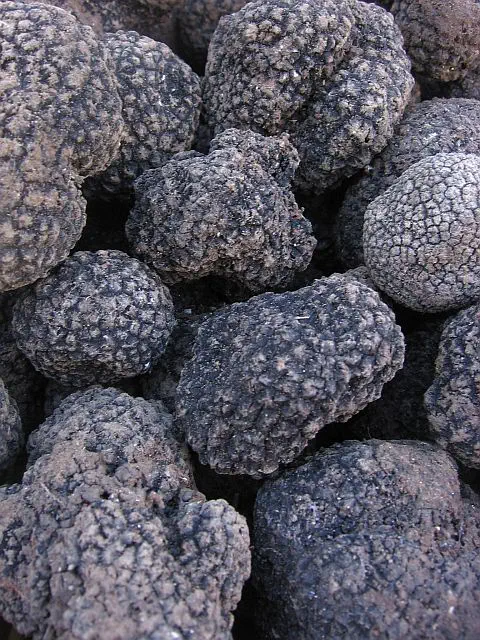
How long will it take for truffles to grow?
On average, if you are successful in growing truffles, they appear around 7 years from planting. We have heard of the first truffles being found after two years and as many as twelve.
Am I guaranteed to get truffles?
No. The trees are certified as being inoculated with the appropriate truffle fungus. They will, however, only produce truffles under optimum conditions: if the tree remains healthy, is watered and the soil and climatic conditions are right you may get truffles.
How long will I get truffles for?
If you are successful in growing truffles and the trees are maintained properly, you may continue to get truffles for 20 – 40 years.
What yields might I get?
Reliable truffle yield information is very difficult to obtain. Variables include:
- Weather conditions, primarily rainfall and temperature, mean truffle production, like other mushrooms, will vary dramatically from year to year.
- Age of trees – in general it takes c. 7 years for production to start then increases over time for the first 5 years.
- The tree planting density.
- Truffle dog and handler skill.
- Site specific conditions – soil, nutrients etc.
We have seen / heard these figures (could be up to 1600 trees depending upon truffle species and planting design):
- 15 / 20 kg per hectare is considered good.
- Some 50 kg per hectare.
- Very best 100 – 150 kg per hectare.
- One estimate, 50g – 1.8 kg per tree
- One small Summer truffle plantation of 13 trees produced 9.1 kg of truffle in one year (700g per tree).
- One southern England orchard had 15 kg found on their first harvest of the season and has had many more as the season has progressed.
Again, you are not guaranteed to get truffles – see above.
Truffle and Tree Species
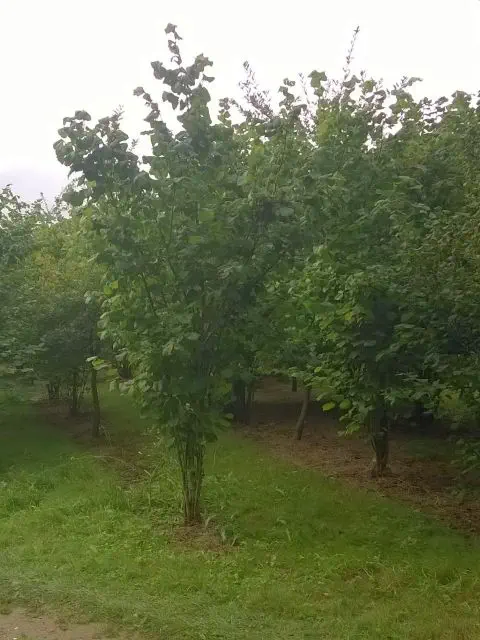
Which species of tree should I buy?
Your primary concern should be the size of the tree when it grows. Hazel is generally a shrub tree and smaller than an oak. A hazel can be coppiced (cut back) every 7 or so years to maintain it at a lower height. If left to grow it can reach 12 metres. A fully-grown oak (English or evergreen) can be over 15 metres high. For some more general information see these Woodland Trust pages:
- Hazel (European hazel (Corylus avellana) – variety “Kentish Cob”)
- English oak (Quercus robur)
- Holm oak (=Turkey oak / holly oak / evergreen oak) (Quercus ilex)
Which species of truffle should the trees I buy be inoculated with?
We offer a choice of:
- Black summer truffle (Tuber aestivum var. uncinatum) – the commonest truffle species in Europe. It is a close cousin to the black winter (Périgord) Truffle though the aroma and flavour are less strong.
- Black winter (Périgord) truffle (Tuber melanosporum) – the most valuable and highly rated species of Black truffle.
Part of the answer to which truffle species to buy is to consider their natural distribution:
- The black summer truffle is found growing naturally where soil types are suitable in England, Scotland, Wales and Northern Ireland. In Europe, it is found, from Ireland to the Balkans, from Portugal to Finland. Its natural habitat is shady woodland.
- Naturally occurring black winter (Périgord) truffles are confined to Mediterranean areas such as parts southern France, Italy and Croatia, however, they are being cultivated in many areas outside of these areas, including in the UK – see below. Its natural habitat is warm open woodland.
Can I grow Périgord truffles in the UK?
Despite their Mediterranean origins, in recent years, black winter (Périgord) truffles have been successfully cultivated in the UK. We understand that this has been done at five locations – South Wales, Sandringham House in Norfolk under Prince Philip’s supervision (registration required to read full article), another location in Norfolk, and in Oxfordshire and Surrey. Recent research has shown that the climatic tolerance of these truffles is much broader than previously thought, and it is likely that this is only possible because of climate change. It is thought that some areas of the UK are now suitable for growing them, though clearly, it has only been demonstrated a small number of times.
Should I plant a mixture of tree species?
If you are planting more than a couple of trees, we would recommend a mixture of tree species in a ratio of 80/20 or 60/40.
Should I plant a mixture of truffle species?
We strongly recommend that in any one block of trees, you only have a single truffle species. If you want to try to grow the two species of truffle you should do this in distinct blocks.
Soils
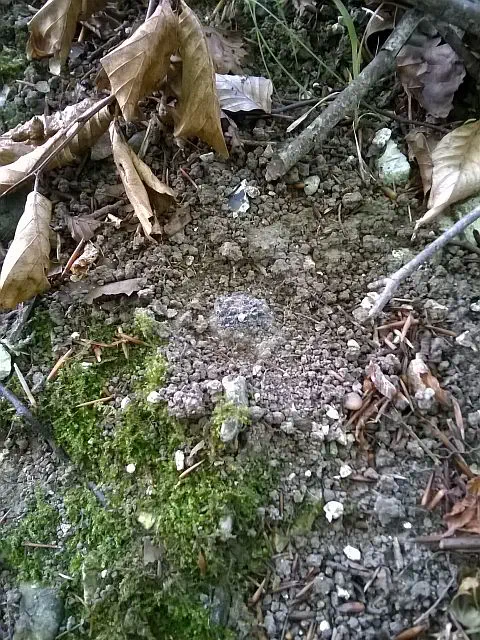
What soil conditions are required?
The ideal soil for your truffle trees has not been compacted, is well drained and alkaline (not acidic).
What pH should my soil be?
pH is a measure of soil acidity and can be tested with kits from most garden centres. Ideal pH values are:
- Black summer truffle – 7.3 – 8.0.
- Black winter (Périgord) truffle – 7.5 – 8.5
If your pH is too low, then it can be increased by applying lime to the planting site. Garden lime is available from most garden centres and should be raked-into the area where your tree will be planted. An excellent guide to lime and liming has been produced by the RHS.
What about soil texture?
What about soil texture?
This is defined by the proportion of sand, silt and clay-sized mineral particles in the soil. Soil texture can be determined by hand or by sending a soil sample to a laboratory. Soil texture determines how easy the soil is to work and can indicate how resilient the soil is to structural damage. Soil texture is also a major factor that controls how much water a soil can hold, how available it is to plants, how good it is at holding onto lime or other nutrients, and how well roots can grow.
A good overview of soil types and their identification has also been produced by the RHS. On the below figures, you can see the range of soil textures that are suitable for summer and Périgord truffles (in green). In general, very heavy clay soils are less suitable for truffles due to their tendency to compaction by heavy machinery. However, stoniness, organic matter and the biological activity of the soil can compensate for an excess of clay. Black winter (Périgord) truffles are more tolerant of clay conditions than summer truffles. Truffle trees grown on a very sandy soil will require more water.
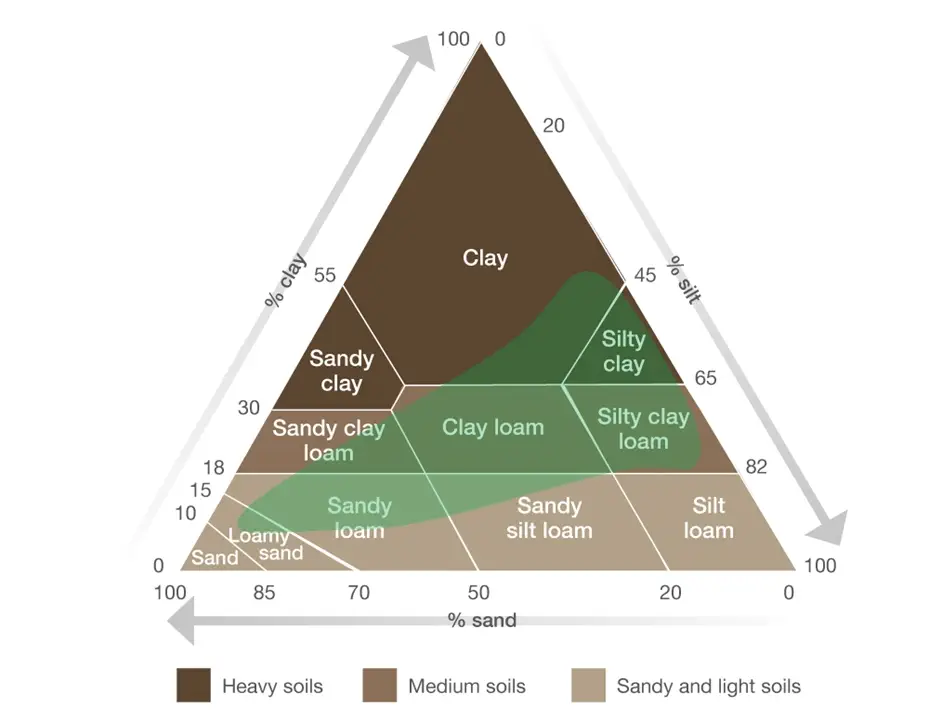
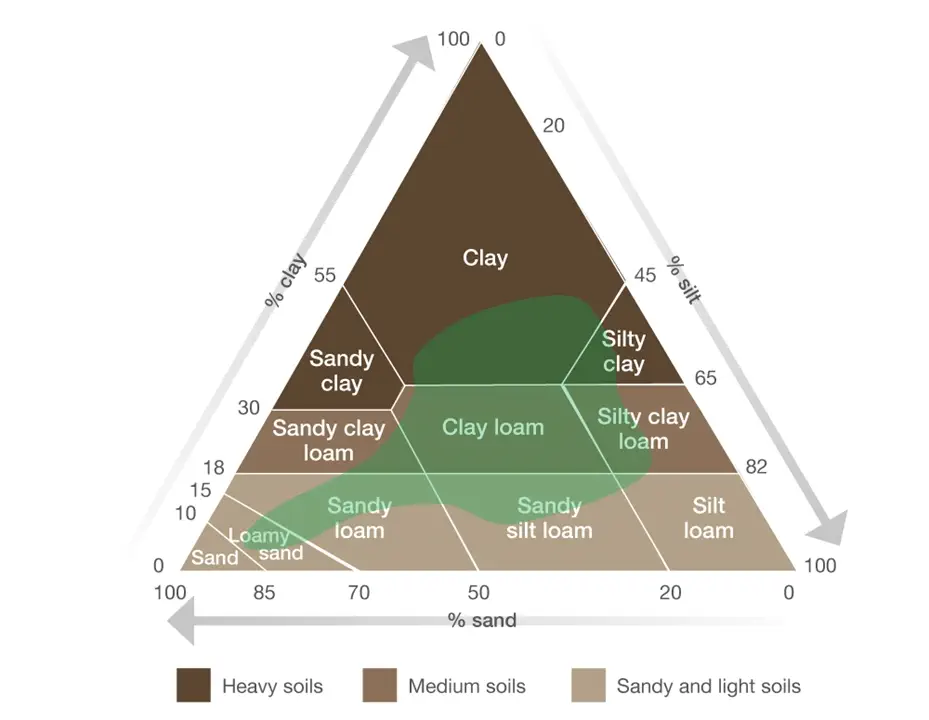
Buying
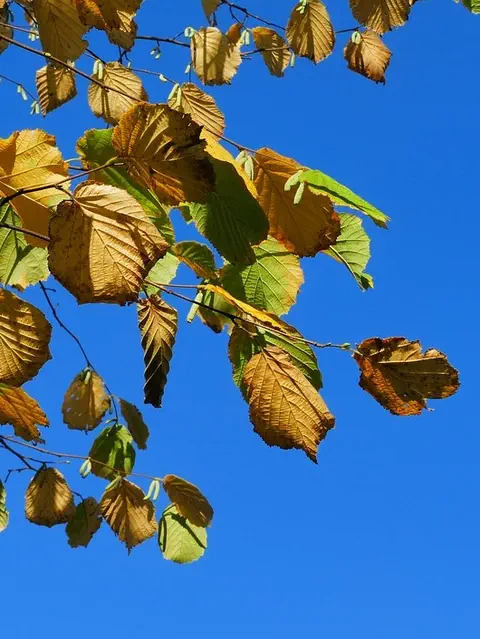
When should I buy truffle trees?
We supply them at any time of the year, however, the best time to plant them is in the dormant period between November and March. If you buy them in the summer they should be watered as soon as they arrive with you, kept in a cool place and watered occasionally until they are planted.
What if I can’t plant them immediately?
Trees can be kept for a few days (a week or so) in the package in a dry and frost-free place such as an unheated garage or shed. If you are keeping them longer before planting (or the weather is warm) you can do the same but occasionally water to avoid them drying out.
How big / old are the trees when I buy them?
The trees are generally between 1 and 2 years old. The age will vary depending on tree and truffle species. Hazel trees are typically between 30cm and 60cm tall. Oak trees vary in size from around 10cm to 30cm. Both species will be taller later in the year.
Are bigger / older trees available?
No, we only sell them as above. Having a bigger tree doesn’t accelerate the process towards trying to get truffles. The truffle fungus still needs to spread into the soil around the tree and mature.
How are they supplied?
The trees are grown in rootrainers (deep seed trays, divided into separate segments) and the soil / roots are wrapped in film to be sent out. So they are NOT supplied bare-rooted.
Can I have a different number of trees?
Yes, of course. For a different number of trees please contact us.
Can I have a combination of tree or truffle species?
Yes, of course. For a combination of tree or truffle species, please select “Own Selection ” from the list of species and then put your requirements in the “Order Notes” at the checkout.
Do your hazel trees produce hazelnuts?
Yes, they will. The pH needed for truffle cultivation is higher than optimal for nut production, but they still produce quite large nuts (if you get to them before the squirrels!). The hazels are the European hazel (Corylus avellana) and the variety “Kentish Cob”. They are monoecious meaning both male and female flowers are on the same plant. Pollination is by wind and is better with 2 or more plants.
Planting
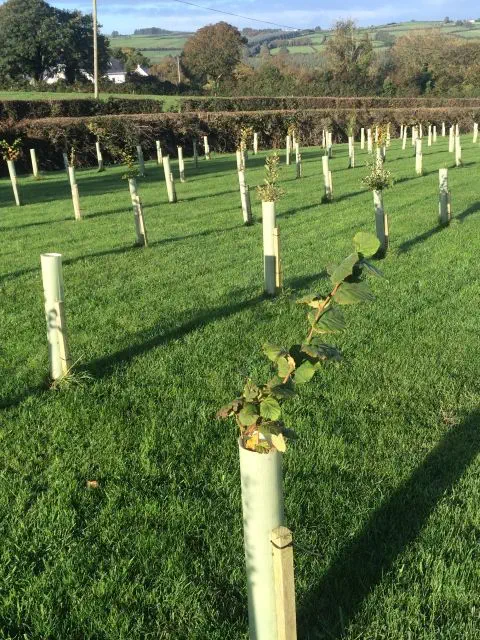
Warm weather
If you order trees in the summer they should be watered as soon as they arrive with you, kept in a cool place and watered occasionally until they are planted. After planting you should continue to water them as needed. Insufficient watering is the main reason for new trees dying. You should water trees planted in the ground for the first two summers, particularly if the weather is warm and dry. Trees planted in pots will continue to need watering.
Waterlogged or frozen ground
You should plant your trees as soon as you can after receiving them. However, if the ground is frozen or waterlogged it is better to wait until conditions improve. Trees can be kept for a few days in the package in a dry and frost-free place such as an unheated garage or shed. If you are keeping them longer before planting, you can do the same but occasionally water to avoid them drying out.
Planting Situation
- Summer truffle – shady or open areas.
- Winter (Périgord) truffle – an area that is sheltered but not shaded.
Planting near other trees
Existing trees may have fungi growing on them and their roots. It is possible that these fungi may compete with the truffle fungus so general advice is that you should separate truffle trees from existing ones through one of:
- Distance. One book says 50 metres as roots can go up to 30 metres looking for water.
- A physical barrier such as polythene dug-in to a depth of 0.5 metres.
- A perimeter trench to prevent roots entering, you may need to clear it periodically.
However, existing trees fall into two groups:
- Those that can be grown adjacent to truffle trees without the risk of competing fungi.
- Those that may harbour fungi that compete with truffle fungi. These plants cause problems if they are present in an area where truffle trees are to be established or if they are included in windbreaks.
Lists of tree species in each of these two categories (PDF file) are given in Appendix 1 and 2. This is from the book we recommend Taming The Truffle. These are global lists so many species are not grown in Europe.
Can I grow truffle trees in pots?
Ideally the trees should be planted in the ground, however truffles can be grown with pot grown trees in very large pots. Planting the trees in pots will reduce the number of truffles you might get, as it will limit the tree growth. For the best results plant more than one tree in a pot so the roots can interact. If you decide to plant them into the ground in the future, put the entire contents of the pot into the ground without disturbing. Please note that pot grown trees (especially oaks) will need frequent watering in periods of hot weather e.g. every other day.
Planting density / tree spacing in gardens
As the summer truffle prefers shade, trees are planted relatively close together. This will bring earlier shading for the ground between them. Typical spacings are:
- 3.5 m x 3.5 m
- 2.9 m x 2.9 m
- 2 m x 2.3 m
The Périgord (winter) truffle favours conditions where sunlight and warmth reach the ground around them. As they grow, the trees may require pruning to keep light getting through. If possible, you should orientate your rows north – south to allow the sun to reach all areas. Typical spacings are:
- 6 m x 6 m
- 5 m x 5 m
- 4 m x 5 m
Planting density / tree spacing in orchards and plantations (truffières)
Whatever the planting density, the number of trees per hectare can easily be calculated by dividing 10,000 by the two planting distances:
- Distance between trees in the same row
- Distance between rows
For example the spacing 3 m x 3.5 m will give 952 trees per hectare, a 6 m x 6 m spacing will need 278 trees per hectare.
There is not a simple answer to how densely you should plant your trees – it is based on truffle species, soil fertility, machinery dimensions and tree species used.
As the summer truffle prefers shade and leaf litter, tree densities in plantations are relatively high, perhaps 800-1600 trees per hectare. Higher densities will bring earlier shading for the plantation floor.
- 800 plants / hectare = 3.5 m x 3.5 m spacing
- 1200 plants / hectare = 2.9 m x 2.9 m spacing
- 1600 plants / hectare = 2 m x 2.3 m spacing
The Périgord (winter) truffle favours conditions where sunlight and warmth reach the orchard floor. It is typically planted at densities in the range 200 – 500 trees per hectare. It may require maintenance (pruning or eventually thinning) to keep light getting through. You should orientate your rows north – south to allow the sun to reach all areas.
- 278 plants / hectare= 6 m x 6 m spacing
- 400 plants / hectare = 5 m x 5 m spacing
- 500 plants / hectare = 4 m x 5 m spacing
On fertile soils, where trees will grow more quickly, you should go for a lower planting density. You should also consider what machinery will be used for maintenance tasks, such as mowing. For more on mowing see the “Should I cut the grass / manage weeds growing around the trees?” question in the Managing section.
Should I protect the trees?
A mesh guard or tree shelter will protect the young tree against damage by animals such as deer, hares or mice. Please consider alternatives to plastic. For windy sites, stakes should be used.
Should I add compost?
When planting the tree, do not add compost or peat to the soil, this makes it more acidic and can kill off the truffle fungus.
Should I add fertiliser?
Do not add any fertiliser to the soil when planting the tree. High phosphorus levels, as found in many fertilisers, hinder the union between fungus and host tree.
Should I add any mycorrhizal soil additives?
No, these may outcompete the truffle fungus.
Should I mulch the trees?
A mulch can be used around the base to control weeds, however you should avoid any mulch that may have been treated with a fungicide.

We produce several newsletters per year with truffle news, events, goods, services and offers.
Managing

What management should I do?
Once your trees are 3-5 years old, you may see bare areas around the trees where the grass has died off. These are burnt areas or brûlés where the grass is suppressed by the truffle mycelium. At this point it is necessary to manage the truffière / truffle orchard. Fundamental is maintaining the soil pH necessary for truffle production. The basic management goals are to maintain soil moisture and temperature conditions beneficial to truffle production.
Which management method is chosen depends on how much time and money the owner wants to spend. The extremes of low and high intensity management are the Tanguy and Pallier methods, both of which have yielded excellent results.
The Tanguy method is at the less intense end of the scale. The main task is controlling weeds by mowing (see “Should I cut the grass / manage weeds growing around the trees?” question below). Generally, trees are not pruned nor the ground aerated or tilled. This method suits owners without tractors, irrigation water or the time and money to invest in more intensive management approaches. It is also safer in the sense that it errs on the side of less intervention with its potential to damage the plantation. The method may still produce good yields but take longer for truffles to appear and potentially keep producing for more years.
The Pallier method is based on fruit orchard management. It is expensive, but can produce good results earlier than the Tanguy method. It includes:
- Soil tilling to manage weeds and aerate the soil.
- Irrigation (see “Should I watering / irrigate the trees?” question below), if required, to replace summer and autumn rainfall in prolonged dry periods.
- Tree pruning – Winter / Périgord truffle only – to allow sunlight and warmth to reach the ground.
This approach carries some risk – damage to roots / soil and excess irrigation. These can negatively impact yields and promote competitive mycorrhizal fungi.
Britain – most truffle orchards in Britain are managed with more of a Tanguy method. In light of drier summers and record-breaking temperatures of recent years, some owners have decided to irrigate (see “Should I watering / irrigate the trees?” question below) their trees and the soil to maintain adequate moisture levels in prolonged dry and warm periods. The most productive orchards here, especially in dry summers, are the ones that have irrigated. In some plantations, pruning is undertaken for both species of truffle, but for summer truffle, it is more about allowing machinery and truffle hunters working space rather than allowing sunlight to reach the ground.
Should I watering / irrigate the trees?
Stage 1: Establishment and Pre-production
Insufficient watering is the main reason for new trees dying. You should water trees planted in the ground for the first two summers, particularly if the weather is warm and dry. Trees planted in pots will continue to need watering. This link gives excellent advice on watering new trees (please ignore the bit on mulching). It is preferable to use rainwater (from your water butt) to tap water. You should ensure the ground does not become waterlogged.
Stage 2: Production
Unlike most other mushrooms, truffles develop slowly over a period of months before maturing to their full size and fragrance. Truffle production is severely affected in dry years with adequate soil moisture essential for fruiting. While they can cope with dry spells in the summer of up to 28 days without rain, depending on the soil type, for maximum productivity, growers should be prepared to supplement rainfall with watering or irrigation. In this phase, the point of watering is to satisfy the water requirements of the truffles. On average, it is recommended to water the tree and the soil around them, every 2-3 weeks. Note that badly carried out irrigation is often more harmful than no irrigation.
Should I cut the grass / manage weeds growing around the trees?
It is generally thought that you should keep vegetation down around truffle trees. Some mow / some spray, you want to avoid compacting the soil around the trees with heavy equipment. You should remove cut (mown or strimmed) vegetation, especially if you have had to add lime to your soil. We are not in favour of spraying, especially once trees start to produce truffles.
Should I mulch the trees?
A mulch can be used around the base to control weeds, however you should avoid any mulch that may have been treated with a fungicide.
Should I remove fallen leaves ?
You should remove fallen leaves if you have added lime to your soil as they will will lower the pH as they breakdown. Removal will also mean they cannot harbour insects that may damage truffles.
Can I coppice the hazel?
Yes, you can, but we suggest leaving a small number of stems rather than removing them all, as this may “shock” the truffle fungus.
Can I put some sheep in my truffle orchard?
The issue is ground compaction. It could be risked during the summer when the ground is dry but our expert says they wouldn’t unless the sheep were being closely monitored and even then with only a few lighter footed sheep.
Delivery
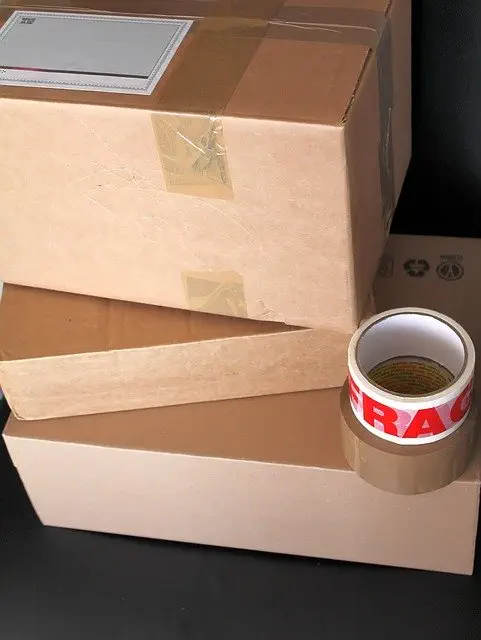
Can you deliver trees outside of the UK?
We can supply truffle trees to EU addresses. For details, please see the box on this page.
How big are the boxes the trees are sent in?
- Oaks – 50 cm x 10 cm x 10 cm
- Hazels – 70 cm x 10 cm x 10 cm
- Larger orders – 80 cm x 10 cm x 10 cm
Standard Delivery: Will I get a tracking link?
Yes, this will be emailed to you by Evri (the new Hermes) when your trees are dispatched. You can monitor the progress of the trees to you. On the day of delivery, it will be updated to include an estimated time of arrival.
Standard Delivery: Can I order the trees to arrive on a specific date?
If you would like the trees to arrive on a specific day please use the express delivery service. The standard service delivery target covers a few days so the exact delivery date is not known prior to the morning of delivery.
Standard Delivery: Do I need to be in to receive my trees?
No, the UK standard delivery service we use does not require a signature. You can specify a safe place (cool and dry) where your trees can be left or add details of a preferred neighbour on the Evri web site or with the tracking link you will be sent (“Change delivery options” button).
Standard Delivery: How long does delivery take?
Trees take up to 7 working days to arrive (usually a lot less). If you would like them quicker please use the Express Delivery option.
Express Delivery: Will I get a tracking link?
Yes, you will receive a tracking link from us when your order is complete. On the day of delivery, this will give you a one-hour time slot and the name of the delivery driver. A real-time map will allow you to check progress.
Express Delivery: Do I need to be in to receive my trees?
By default, this delivery service requires a signature. You can however choose to have your parcel delivered to a neighbour, a Post Office or left in a safe place (cool and dry) with the Parcelforce App.
Express Delivery: How long does delivery take?
The express delivery service usually delivers within 2 working days for orders placed before 12 noon. Please note the tree nursery is closed on Mondays so this may add a day.
No Shipping Charge
This option can only be used when you would like to collect your trees at one of our events which you are booked on. If you choose this but your order needs to be sent to you, we will require payment for delivery before dispatching your trees. If you would like your trees sending, you must choose a paid delivery option.
Looking for Truffles
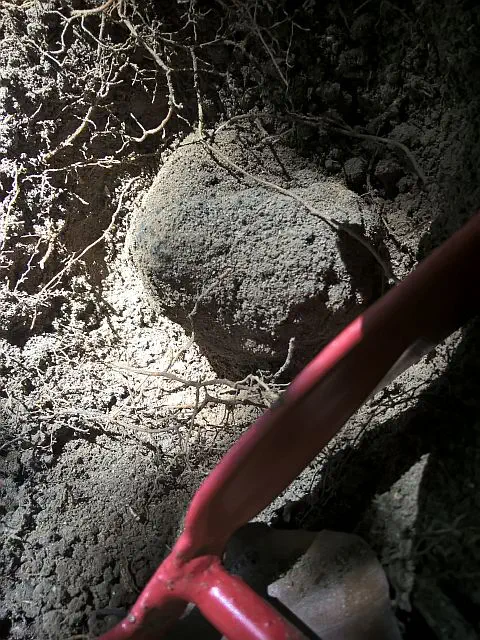
How do I look for truffles in my trees?
Truffles are traditionally found with the aid of an untrained pig who will naturally seek out the truffles. However, these days it is trained dogs that are used as they are less likely to eat the truffle and work more quickly and usually more efficiently. If you have a good number of trees you can rent a truffle hound. If you only have a few trees then you may be able to find truffles without a pig or trained dog, using the below techniques.
A sign that the truffle fungus is progressing is the presence of brûlés. As in the dessert crème brûlé, the word is the French for “burnt”. Brûlés around truffle trees are distinctive areas where most grass and weeds have been suppressed by volatile organic compounds (gases) given off by the mycelium (microscopic threads) of truffles and other fungi. Their presence does not mean there will be truffles but are a sign that the truffle mycelium is present and active. They may form right around the tree or just on a more dominant side. Brûlés grow outward with the root system every year.
1) If you look carefully around your trees, you may notice small cracks in the ground or small mounds (like “mini molehills”), underneath these cracks or mounds there may lurk truffles.
2) You can look for the presence of the ‘truffle-fly’. This is a small fly that hovers directly over where truffles are buried. If you disturb the top layer of soil and look closely you may be able to see these light brown, “lazy” flies hovering over the surface. This is normally an indication that a truffle is lurking directly below.
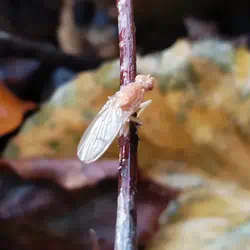
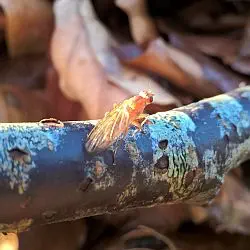
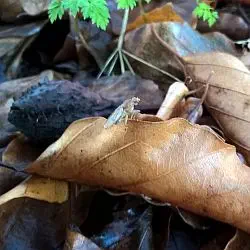
3) Smell. Although the human nose is a pretty poor utensil in comparison to our canine friends, you may be able to use it to locate truffles. If you get on your hands and knees (ignoring any strange looks from neighbours) and sniff the ground directly you may be able to locate ripe truffles by their scent alone.
4) The final, and most destructive, method of looking for truffles is to gently scrape away the top layer of soil around your trees. This should be done very slowly and delicately to minimise damage and ensure you locate any truffles. This technique can be used if you are desperate but is not recommended as it is so destructive.
Travelling With Trees

Can I take trees overseas ?
After the end of the Brexit transition period on 31st December 2020, people travelling from the UK into the EU are NOT allowed to bring plants, fruits, vegetables, flowers or seeds into the EU without a phytosanitary certificate. This plant health certificate issued by a UK plant health authority confirms that the product is free from certain specific pests. This applies regardless whether they are carried in luggage, vehicles, or on their person. If your trees are inspected by customs and you do not have a certificate then they may be seized and destroyed. We do not take any responsibility for this.
You can find additional information on exporting trees to the EU from the UK Government.
Additional Information
If you want to go into more detail than our truffle tree FAQ, here are some books, web sites and videos on growing truffles. Please note that some of the below are primarily discussing THE black truffle (Périgord or black winter truffle). Not everything therefore applies to the summer (Burgundy) truffle which is more commonly cultivated in the UK.
Books
Taming the Truffle: The History, Lore, and Science of the Ultimate Mushroom – Ian R. Hall, Gordon T. Brown and Alessandra Zambonelli. Book – UK availability varies.
Truffle Farming Today. A Comprehensive World Guide – Marcos Morcillo, Mónica Sánchez and Xavier Vilanova. Book – available directly from Micologia in Spain. A short booklet with graphics from Truffle Farming Today. A Comprehensive World Guide is available for free.
Reports available online
Burgundy Black Truffle Cultivation in an Agroforestry Practice – University of Missouri Center for Agroforestry. PDF file.
Cultivation of black truffles in Western Australia – Department of Primary Industries and Regional Development, Government of Western Australia.
Best Practices for Cultivation of Truffles – Forest Sciences Centre of Catalonia, Solsona, Spain. PDF File.
Lecture Videos
Tree School Online: Commercial Truffle Cultivation in Western Oregon by YouTube lecture by Charles Lefevre of New World Truffieres in the United States.
Part 1 starts at about 8 minutes in and is about truffles and truffle farming. It is about 50 minutes long followed by questions. Part 2 is of less relevance to a European audience. Do note, in the main, he is talking about THE black (Périgord) truffle and so not everything said relates to the summer truffle which is more commonly cultivated in the UK. Regardless, it is a very useful talk.
Truffle farming: basic concepts – YouTube lecture by Luz Cocina-Romero of MicoLab in Spain.
It is just under 2 hours long. Do note, in the main, she is talking about THE black (Périgord) truffle. Not everything said therefore applies to the summer truffle which is more commonly cultivated in the UK. We wouldn’t agree with everything that it is said but it is still a very valuable talk.
Establishing a Tuber melanosporum Orchard in the United States – YouTube lecture by Jasmine Richardson who is establishing a Périgord (black winter) truffle (Tuber melanosporum) orchard on her family farm in Southern Virginia.
Again note, in the main, she is talking about THE black (Périgord) truffle. Not everything said therefore applies to the summer truffle which is more commonly cultivated in the UK.
